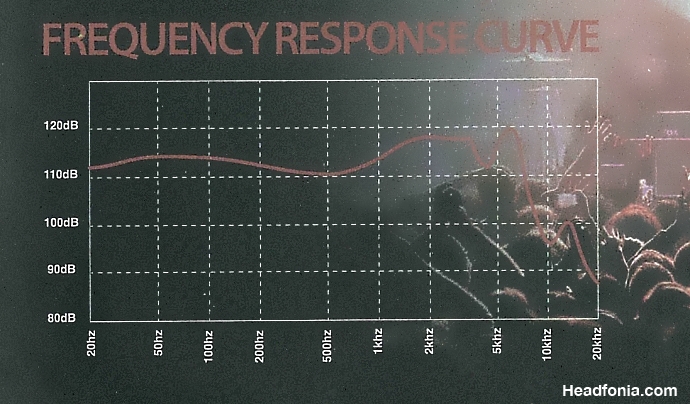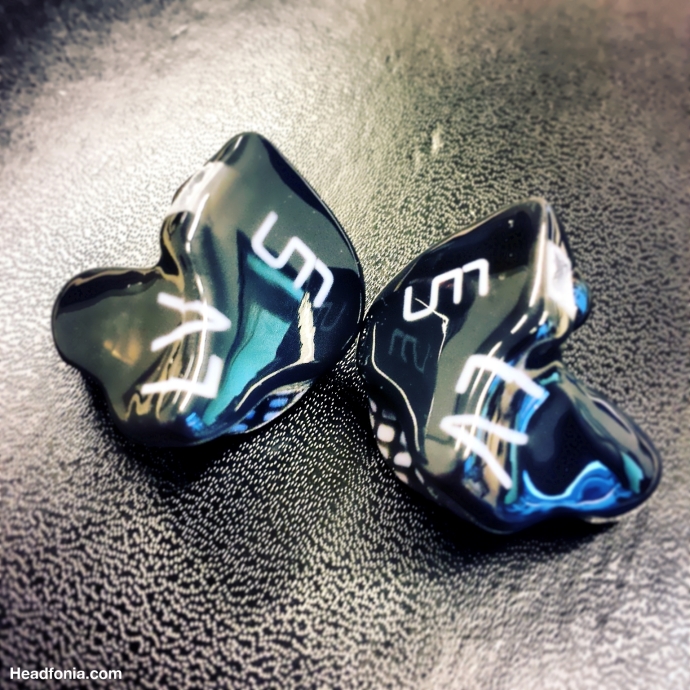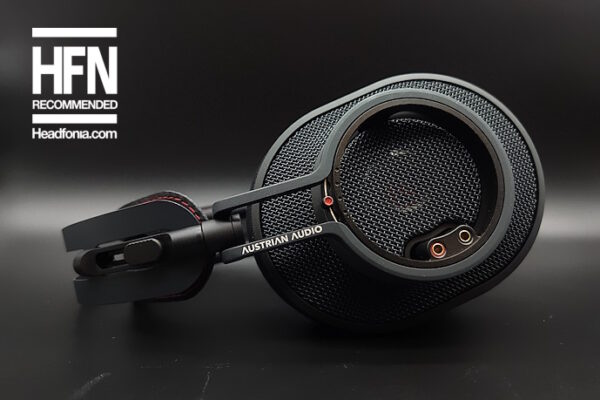6. Driveability & Sources
The Maestro isn’t that hard to drive. The sources I used are the Cayin N5, the Luxury & Precision L3, the Fiio X7 and the Astell&Kern AK120II. Amplifiers used are the Chord Hugo, Mojo and the Woo Audio WA8 Eclipse but those weren’t really a necessity and were included in the mix to get a different flavor and of course because I had to review them.
When using the AK120II, N5 and the L3 in balanced mode the Maestro performs even better with a deeper and wider sound stage with better layering. There’s a little less bass impact but the overall sound simply is even better. I do advise to go balanced if you can but even without balanced Maestro’s performance is top of the line.
My favorite DAP with the Maestro is the L&P L3. The L3 is a DAP made especially for IEMs and it is dead silent with a full bodied sound, great layering and it just sounds so musical you immediately fall in love with this combination. Of course the L3’s UI isn’t the most modern and it isn’t playing all file types (yet) but L&P is working hard on updates. The Woo WA8 is dead silent with the Maestro and gives it a touch of smoothness.
7. Sound
Unique Melodydo states: “The Maestro, the master. The conductor, the teacher. If the Mentor was for the rockstar, the Maestro is for the purist. The connoisseur, the one that appreciates tonal harmony across the full spectrum”. That’s just how I like it, the Maestro promises a lot but can it deliver?
Everyone – me included – keeps saying the number of drivers/armatures doesn’t really matter and I have 6 driver monitors that sound better than 8 driver ciems. But what Unique Melody has done with these 12 drivers is impressive and I don’t immediately have any other (lower driver) monitor in my collection that overall performs like the Maestro.
The FR curve measured by UM shows us this:

Looking at the FR curve we see slightly boosted mid bass to go to more neutral mids. The upper mids are elevated again and that continues to the treble with the typical 4 kHz dip and 5 kHz peak to drop down just over 6 kHz.
The FR curve might not give the impression that the Maestro is a balanced monitor but it actually sounds very much so. Bass doesn’t always sound like it’s lifted and unless when called upon it is very easy but good tight bass. Bass can go deep and sounds strong and full bodied when needed though. Bass always is tight and has good layering but the sub bass isn’t the best. The nice thing about the Maestro’s bass is that it can surprise you when you don’t expect it. You can be listening to the Beatles on shuffle play with very normal and good bass and then when the next track comes up and it turns out to be a bass heavy song, the Maestro simply changes its character to a full bodied and impactful deep bass that almost sounds like a dynamic driver’s bass. The better the source file and the player, the more this is noticeable and I love the fact that the Maestro’s bass can do it all.
The mids as previously mentioned are pretty “neutral”. They have just the right amount of body to fit in perfect with the bass and they are clear and spacious. The upper mids have a little lift but that makes the Maestro even more exciting. Looking at the FR again you will expect the Maestro’s treble to be more in the picture than all the rest but this actually isn’t the case. Treble is clean and clear with good layering and I never find it to sound spicy or hot at all (sure there is the little dip around 4K).

The Maestro has a good sound stage width and depth and that’s probably the big advantage of having 12 drivers. Separation, balance, positioning and spaciousness are extremely good and that shows most in the mid section. Maestro’s sound is at all times clear and clean and the level of detail is impressive from bass to mids to treble. The Maestro’s layering is so nice and it just portrays so much timbre from the lowest tones to the highest treble. It’s such a dynamic monitor and I love every single bit of it.
The Maestro is fairly sensitive (20ohm, 109dB) and it pics up the slightest of hiss on your source. The Cayin N5 and iBasso DX80 unfortunately become very annoying to use as both of these players have a lot of background noise which the Maestro always picks up.
When switching to a balanced cable and source, the Maestro becomes an even better sounding monitor. Separation, positioning and spaciousness increase even more without sounding artificial at all. The good thing is the Maestro doesn’t lose bass impact when going balanced, it simply improves. With Effect Audio’s Leonidas cable, you get great clarity and detail with a little more focus on the mids section. With the Mars cable you’ll notice the voices and treble get pushed a little more to the front.
Comparisons and conclusion on the last page








Boogie6301
I have the universal Mason and the way you described the sonics is it isn’t far off from the Maestro. Could it be the Japenese have the same preference as Europeans?
I totally agree that it has better clarity and soundstage than other TOTL iems. I also have the same impression with the bass where it produces deep impactful bass if the song calls for it.
I would best describe the Mason being very close to my Beyerdynamic T1 but a bit warmer. It has more of the out-of-head sound that you’d get from a good open full sized headphone.
Only the Legacy is available here in Singapore and I plan to compare it with the my Mason.
Headfonia_L.
I doubt the Japanese is the same as the EU as we don’t have the Jpop which usually results in a sharper treble tuning. Glad you can find yourself in the review
Barun C
Nice article Lieven. I am considering getting my first CIEM, am considering the following. Do you have any experience with them.
1.Lear Audio LCM BD 4.2
2. Custom Art Harmony Audio 8 Pro
3. Hiditon NT 6 Pro
Headfonia_L.
Hey Barun,
I have the H8P, I reviewed it here but I am shipping it back this weekend to get the update to 8.2
I don’t have the other 2 but I have 18 other pair. My top suggestions are the CE6 and this Maestro. The I’d wait for the H8.2 from CustomArt, I think it’ll be more like the Maestro
Dd
Would this be better than the Sirens-Roxanne? I do love UM and I got the Merlin but hearing the um Legacy vs jha Roxanne, the latter seemed more full bodied.. What is a European and Singaporean tuning? Curious to the differences (as Japanese would be sharper?)
Lieven
To me they are.
I suppose the Asian tuning goes for more treble, yes.
Frederico Veloso
Can you compare it with the Unique Melody Mentor?
Headfonia_L.
I don’t have that one, sorry
David ibarra
The review has a clear statement about not going with the Universal’s version, is there a reason for this???. CIEM and Universal always have some differences. But the reviewer seem to make it more as a “caution”
Headfonia_L.
Ciem = better comfort and better sound. Universals should be banned 😉
Sadek
Would you compare it to Shure se846